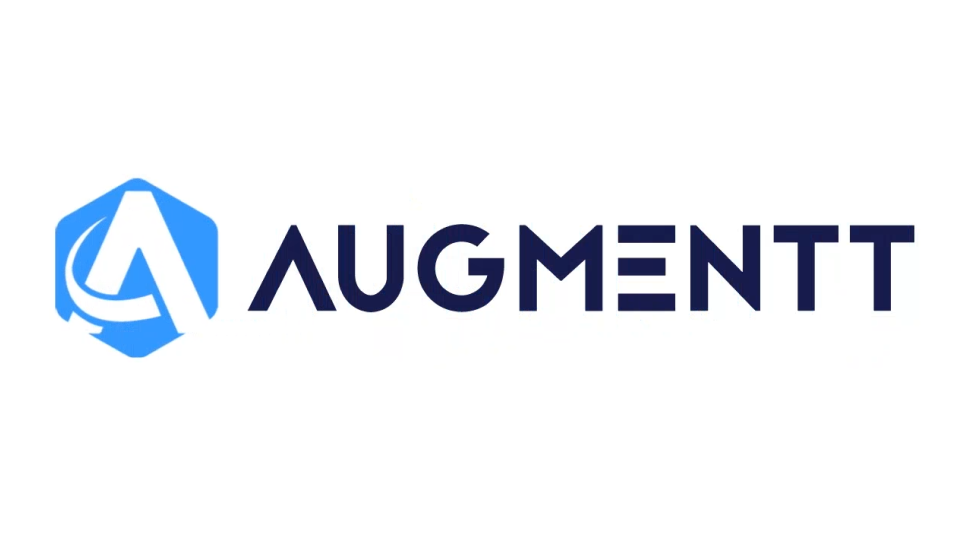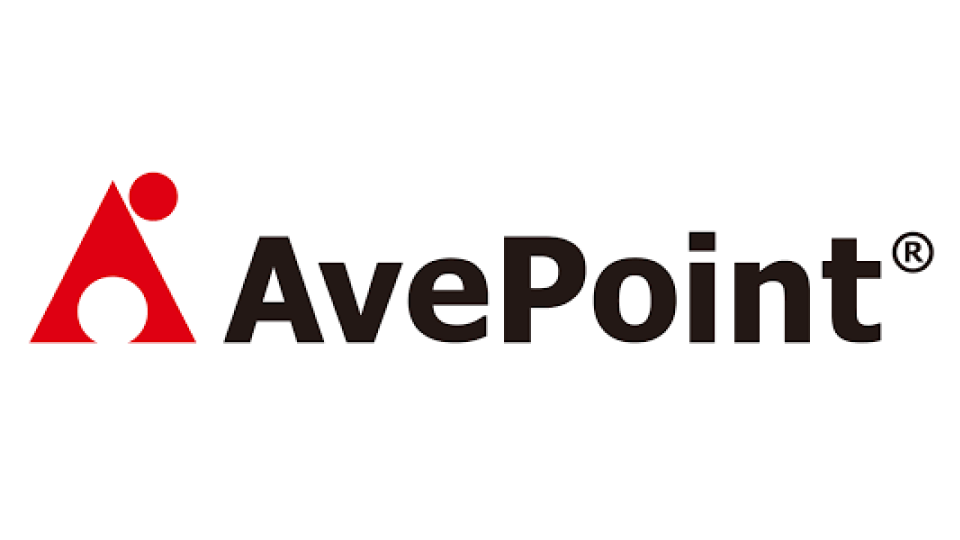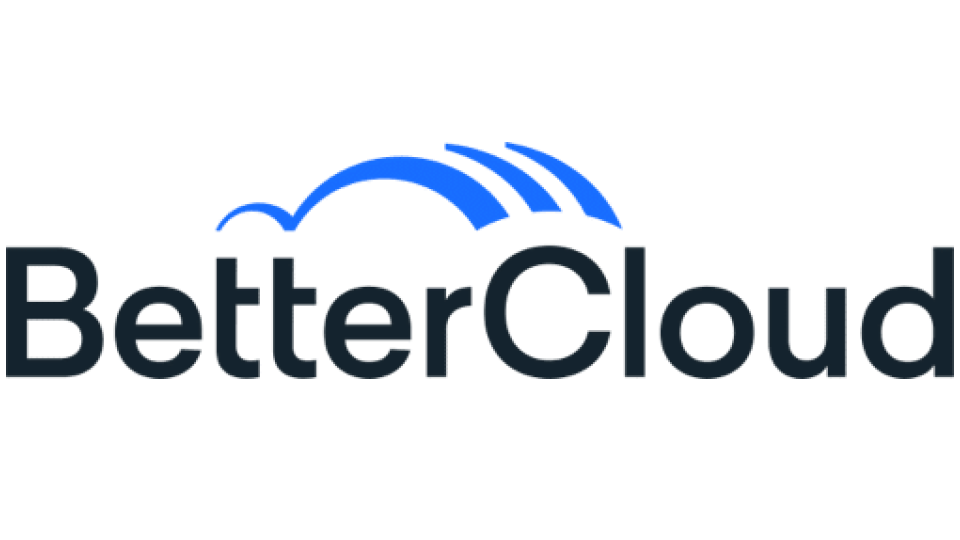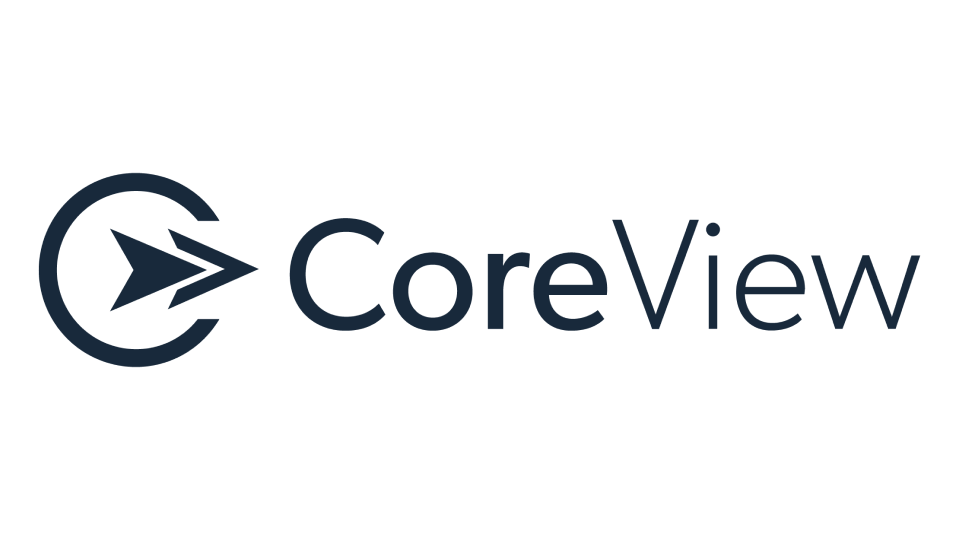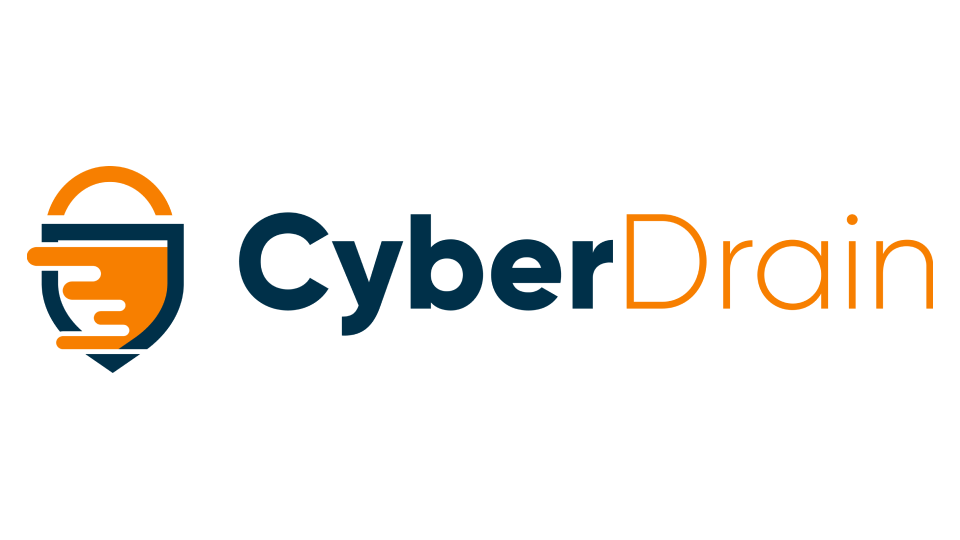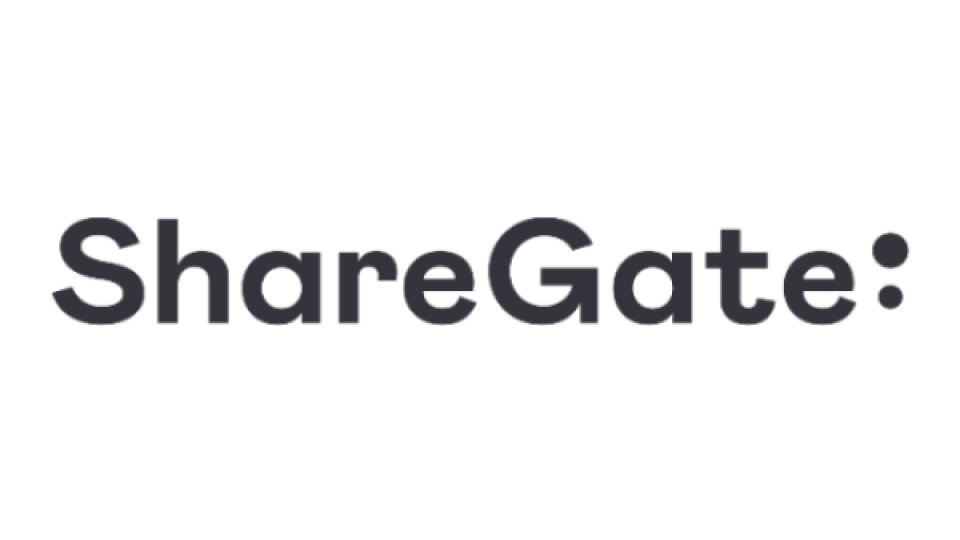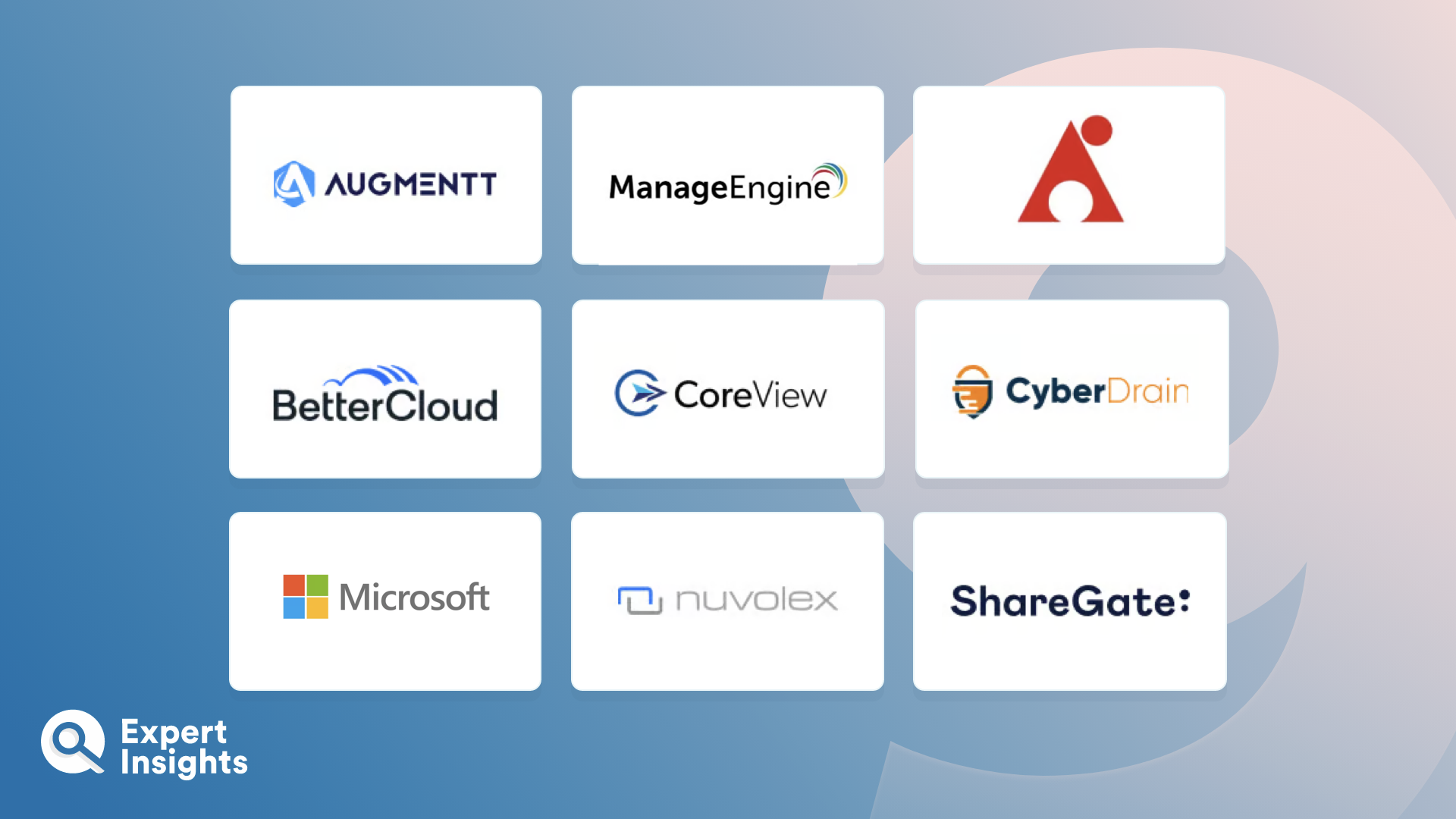Everything You Need To Know About Microsoft 365 Management Tools (FAQs)
What Are Microsoft 365 Management Tools?
Microsoft 365 productivity suite has quickly become a staple for modern businesses through its combination of email, collaboration and messaging apps, file storage, and sharing services. However, while it enables organizations to streamline business processes, improve collaboration, and increase remote productivity, Microsoft 365 adoption also introduces new governance and security challenges that, when not properly managed, can lead to increased exposure to risks such as cyber threats and compliance violations.
Thankfully, there’s a tool out there that can help organizations solve these challenges.
Microsoft 365 management tools are third-party software solutions that extend or enhance the management functionality of Microsoft 365 with capabilities that aren’t fully covered by the suite’s native admin center. These tools usually integrate with Microsoft 365 services via API, allowing them to access the organization’s entire Microsoft 365 data and settings, so that it can provide full visibility and control—from a single interface.
What Are The Benefits Of Microsoft 365 Management Tools?
There are a few reasons why you might consider implementing third-party Microsoft 365 management software. Let’s take a look at them.
Optimize And Automate Workflows
A Microsoft 365 management tool should enable you to streamline many of the repetitive administrative tasks that take up a lot of your IT team’s time and resources. By automating these tasks, and integrating them with other business process to create seamless workflows, the tool can free up your IT team’s time to address more critical tasks.
Some areas that can benefit from automation include:
- Provisioning: Automate provisioning based on user groups or roles, and consistently apply naming conventions, templates, and metadata for each site and user
- Access permissions: Automatically grant or deny user access requests based on user groups or roles, and schedule success reviews for sensitive data based on pre-defined triggers, such as user changes or data alterations
- eDiscovery and auditing: Automatically log user and admin activity for auditing purposes
- Labelling: Automatically apply labels to sensitive content and content with specific retention periods
Improve Governance And Compliance
Microsoft 365 management tools often offer robust governance controls, such as enabling you to easily define and enforce security and compliance policies, Microsoft 365 settings, and privacy controls across the entire organization. They also continuously monitor policy adherence and create reports on this, so that your IT and compliance teams can quickly respond to any incidents of non-compliance.
This helps you ensure compliance with both internal and external regulations.
Increase Security
Most Microsoft 365 management tools offer in-built security capabilities that help you to protect the sensitive data of your organization and your customers. This can help prevent you from falling victim to a cyberattack, as well as help you meet federal and industry-specific data protection requirements.
These security capabilities may include:
- Preventing users from sharing sensitive or confidential data with anyone outside your organization
- Enhanced monitoring, auditing, and reporting on unusual behavior that could indicate a security threat
- Threat detection and response tools
Get The Most Out Of Your Microsoft 365 Licenses
Third-party tools tend to go beyond the analytics that are available natively in the Microsoft 365 admin center, offering more in-depth visibility into your organization’s usage of each application across all departments, divisions, and geographic locations, and highlighting areas where you could cut down on costs.
Additionally, by automating the user provisioning and de-provisioning processes, you can ensure that you’re only investing in as many licenses as you actually need and only for the amount of time that users need them.
Some also offer content lifecycle management, which can help cut down on storage costs by automatically archiving content that isn’t being used.
What Features Should You Look For In A Microsoft 365 Management Tools?
When comparing Microsoft 365 management software, there are a few key features that you should look out for. These include:
- User And License Management: Your solutions should offer automatic user onboarding, provisioning, and de-provisioning, and help you manage mailbox and data migrations. It should also track licenses to help ensure cost-effectiveness and maximize your ROI. Finally, it should offer user role and permission management to ensure all users have access to the resources they need, whilst minimizing the risk of identity-based cyberattacks.
- Security And Compliance: All Microsoft 365 management tools should monitor and audit user activities and offer compliance reporting and enforcement. The strongest tools also have threat detection and response capabilities, and data loss prevention (DLP) features.
- Policy Management: You should be able to create and enforce security and compliance policies and configure and enforce settings across all your Microsoft 365 apps. Plus, the solution should monitor adherence to those policies and alert you to any instances of non-compliance.
- Reporting And Analytics: Your solution should produce comprehensive reports on user activities, security incidents, and compliance status, with customizable dashboards for easy access to key metrics. It should offer both real-time insights and historical data tracking for trend analysis.
- Workflow Automation: You should be able to automate routine management activities and create custom workflows that integrate with your other business processes and systems.
- Integration And Compatibility: Your chosen Microsoft 365 management tool should be compatible with the latest Microsoft 365 updates and features and be regularly updated to ensure ongoing compatibility. It should also offer integrations (usually via API) with any other IT management and security solutions in your technology stack.



